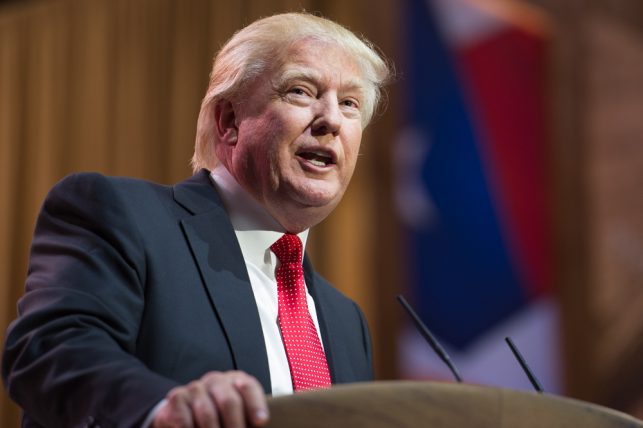
Market Debating Effects of Trade Tariffs
There has been a great deal of attention placed on the possibility of import tariffs being introduced by the Trump administration. Potential scenarios include a tariff on the importation of certain goods, a tariff on imports from certain countries combination of both, a broad tariff on all imports and finally, a border adjustment tax.
A border adjustment tax is part of the fiscal plan proposed by House Republicans Paul Ryan and David Brady and would be seen as a step in the direction of “destination-based-cash-flow-taxation” (DBCFT). Although it is a complex area of taxation, regarding trade, it could be seen as a way of introducing a tax on imports, which aren’t currently taxed and removing a tax on exports, which are currently taxed. Essentially it would equate to the same as imposing a broad tariff on all imports.
Many Believe Tariffs Will Fuel a Stronger Dollar
Much of the attention around import tariffs is focused on the likely effects on the US economy from such a move, and many believe that import tariffs would fuel a surge in the US Dollar. The thinking here is that currency markets would adjust to offset the impact of such tariffs to maintain the price equilibrium of domestic and foreign goods in Dollar terms. New York Fed President William C. Dudley commented that a “Border tax adjustment may lead to a higher value in the dollar and changes in imported goods”. Paul Krugman has written that “If the US went to DBCFT, we should expect the dollar to rise enough to wipe out the competitive advantage”.
Stronger Dollar View Based on Purchasing Power Parity
The key driver behind this argument is aligned to the theory of purchasing power parity. This suggests that the exchange rate would adjust to offset any changes in the relative price of both domestic and foreign goods to maintain the purchasing power of both foreign and domestic buyers. The dominant view at the moment asserts that if the US imposed a 10% import tariff, or example, then from a US perspective the relative price of foreign goods has now increased by 10% compared with domestic goods. However, the theory of purchasing power parity suggests that the Dollar would consequently strengthen by around 10% to offset the effects of the tariffs and thus restore equilibrium to domestic and foreign prices.

















Leave A Comment